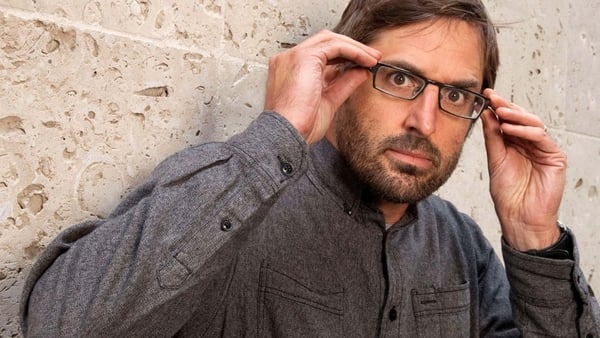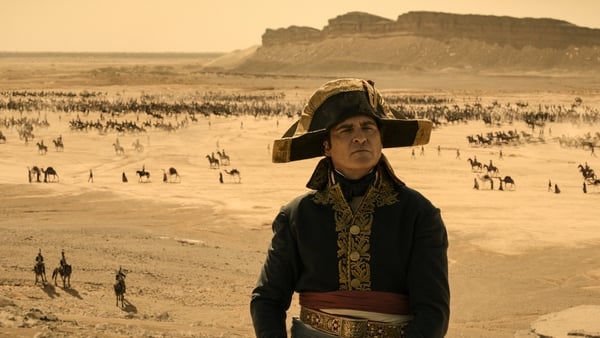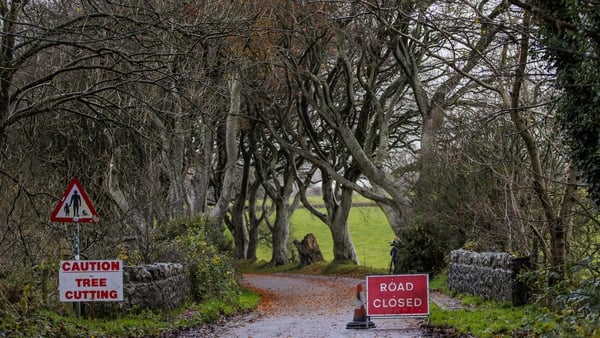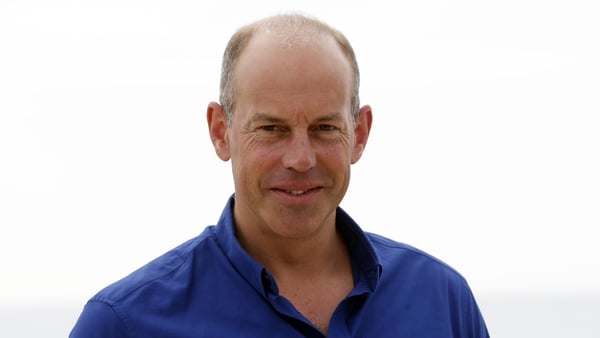Scorsese, De Niro and DiCaprio unite for a dark true story of American greed
Martin Scorsese's very handsome movie about a very ugly chapter in American history begins with a Native American dance and ends with a sense that real justice is all too often an elusive thing.
In the opening moments of this three-and half-hour epic, members of the Native American Osage Nation are seen celebrating as oil erupts from the barren reservation that the federal government has granted them after stealing their ancestral lands in Pawhuska, Oklahoma.
We need your consent to load this comcast-player contentWe use comcast-player to manage extra content that can set cookies on your device and collect data about your activity. Please review their details and accept them to load the content.Manage Preferences
It is 1894 and the brutalised Osage are about to become very, very rich as their meagre territory turns out to be rich in black gold. Their lives are about to change forever - and they’re about to be brutalised all over again.
Their good fortune is soon exploited by trainloads of white settler opportunists, flocking to the new boomtown of Fairfax, like the Yukon panhandlers a generation before. The Osage, meanwhile, take to their wealth by aping the excesses of their colonist oppressors - buying cars, expensive clothes and developing bad habits that certainly wouldn’t have pleased their tribal elders.
They’ve already had their land stolen and in one last sting of racism, the authorities have decreed that none of the now wealthy Osage are permitted to handle their own affairs and must submit to white guardianships. Of course, it is but the latest episode in centuries of genocidal colonisation.
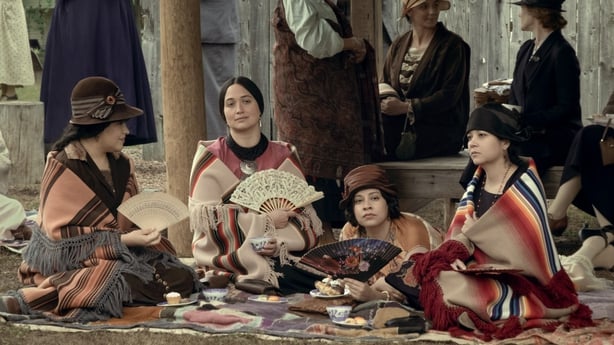
Even then, the Osage are frequently exploited and ripped off by the local businesspeople who overcharge and hoodwink them out of their money. Marriage between Osage woman and white men has become purely transactional, a means to gain access to their new wives’ wealth.
Manipulated and extorted of their good fortune, when that doesn’t work, the white interlopers resort to murder. Members of the Osage are found shot, poisoned or dead after suspicious accidents. Naturally, there are no inquiries.
The malignant mastermind of all this exploitation is William King Hale, an empire-building cattle baron, freemason and local sheriff who casts himself as the Osage’s best friend, the white saviour who speaks fluent Osage and acts as wise counsel defending his people against the meddling of the federal government.
We need your consent to load this comcast-player contentWe use comcast-player to manage extra content that can set cookies on your device and collect data about your activity. Please review their details and accept them to load the content.Manage Preferences
In truth he is the kind of amoral monster that often commands our attention in Scorsese movies. When his nephew Ernest Burkhart (Leonardo DiCaprio) arrives in town after fighting in the trenches in World War One, he becomes Hale’s eyes and ears, his fixer, a man who can get very bad things done as Hale maintains his veneer as a pillar of the local society.
Ernest, slow-witted but charming, is encouraged to land his own Osage wife. This is Mollie Kyle (Lily Gladstone), a proud woman who is not quite as beguiled with her newfound wealth as her wayward sisters. She falls for Ernest’s wooing and becomes ensnared in Hale’s machinations.
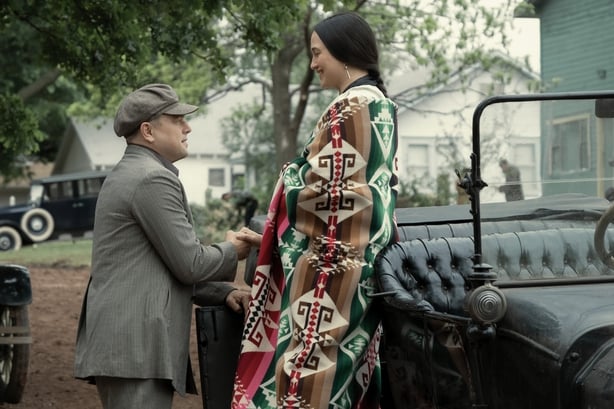
The Killers of The Flower Moon’s best hope for an Oscar is with Gladstone for her watchful and composed performance. Mollie has diabetes and is told by the local quack doctors "not to eat like a white person". She spends a good deal of the movie bedridden, fevered and hallucinogenic but still remains a moral compass in the midst of a vortex of evil.
For his part DiCaprio’s Ernest is in thrall to his uncle, a foot soldier in a criminal conspiracy but also a seemingly loving husband. De Niro, delivering his best work in far too long, is creepy and, well, oleaginous as Hale. Scorsese has used native actors such as Tantoo Cardinal, Cara Jade Myers and William Belleau and in his last work with the director, the late Robbie Robertson cooks up a suitably bluesy score that also references Native American music to propel these awful events on.
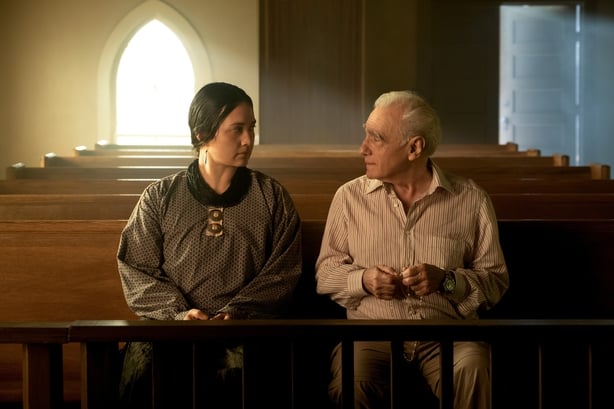
You may expect a narrative of sustained rage but the story is told with a detached sadness. When Jesse Plemmons arrives in town from the nascent FBI to investigate the deaths of so many Osage, there is a sense of both justice delayed and denied.
Not unlike There Will Be Blood, this is birth of a nation tale told on a grand scale that captures an era between the vanishing old west and the dawn of what would be a very American century. And as with other epic westerns like Little Big Man and Dances With Wolves, the grasping opportunists lack any of the decency and humanity of the Native Americans.
It’s brilliantly acted and visually stunning and while that three-hour-and-a half-hour running time is not nearly as energy-sapping as The Irishman and the ungainly The Gangs of New York, the last hour is played out - but nobody can deny the ambition and passion up on the screen.
Alan Corr @CorrAlan2



